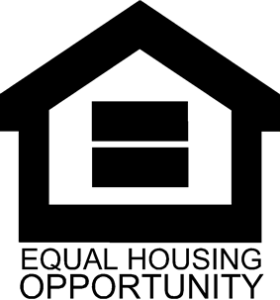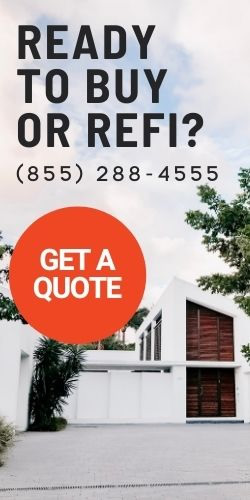As a homeowner, sometimes you need a little extra cash for unexpected expenses. Whether it be home-related costs like repairs or remodeling, paying off other debts like student loans or credit card balances, or putting the cash toward another investment, there are a few different options a homeowner can explore. Two of these options include cash-out refinancing and the home equity line of credit.
Understanding Your Home’s Equity
Both a home equity line of credit and a cash-out refinance loan allows you to access the equity in your home. If you’re not 100% clear on what equity is and how it works, no problem.
Your home equity is equal to the difference between what you owe on your mortgage and how much your home is currently worth.
Let’s use an example:
If your home is worth $200,000 in today’s housing market, and you owe $190,000 on your mortgage, you have $10,000 in equity, or 5%.
Likewise, if your home decreased in value after you purchased it, it is possible to have negative equity. This is also known as being underwater or upside down in your mortgage. For example, if your home is worth $150,000 in today’s market and you owe $160,000, you have -$10,000 equity.
Using Your Home Equity
Sometimes homeowners want to access their home’s equity to help pay for other expenses. This can be done in a variety of ways. The two most common ways include taking out a home equity line of credit or doing a cash-out refinance.
Home Equity Line of Credit
A home equity line of credit (HELOC) is a line of credit secured by your home. A HELOC often has a lower interest rate than other types of loans, and in some cases, the interest may be tax-deductible.*
With a HELOC, you’re borrowing against the available equity in your home and the house is used as collateral for the line of credit. The way it works is very similar to a credit card. You have a set amount that you can borrow, and you are responsible for paying it back. As you repay the balance owed, the amount of available credit becomes replenished.
With a HELOC you can borrow as much as or as little as you need to throughout the draw period (typically up to 10 years) up to the maximum amount. At the end of the draw period, the repayment period (typically 20 years) begins. This can be an attractive option for homeowners who may need occasional help paying other expenses or consolidating other debts, but aren’t sure exactly how much they will need.
There are a few potential drawbacks to choosing a HELOC. For one, the interest rate may be variable. This means the rate can change from month to month. This makes it harder to plan your budget if the payments are not 100% predictable. Some lenders do offer fixed-rate HELOCs, but they may be harder to find. There may also be fees associated with HELOCs that you wouldn’t pay if you chose a different type of loan. Ask your lender about the fees and rate structures associated with their HELOC products.
Cash Out Refinance
An alternative to a HELOC is the cash-out refinance loan. A cash-out refinance is similar to a typical refinance, but instead of refinancing the amount you owe into a new loan, you can actually refinance your mortgage for more than you owe and get the difference in cash.
For example, if you owe $160,000 on your mortgage, and you have $20,000 in equity, you could potentially refinance your loan for $175,000 and receive $15,000 in cash.
With cash-out refinancing, you can use the cash for anything you like. You also don’t have to pay the cash back in the way you would with a HELOC. Instead, you are refinancing your entire loan and your monthly payments will be adjusted to reflect the new balance. You may also be able to secure a lower interest rate than what you originally had, so your payments may not go up as much as you think.
The main drawback to choosing a cash out refinance is the potential for paying private mortgage insurance (PMI). If you borrow more than 80% of your home’s value, you will have to pay PMI at least until you build back up 20% equity. PMI can be a bit expensive, so it’s important to crunch the numbers and be aware of the full cost of the mortgage before signing. Sometimes the draw of getting cash in hand can make something seem like a good deal; but when you look closely at the numbers, you realize that it’s not such a great deal in the long run.
Also, if you plan to use the cash from a cash out refinance to pay off unsecured debt (like credit cards), you’re risking your financial wellbeing. It’s generally not a good idea to pay off unsecured debt with secured debt. If you fall into the temptation to keep spending on your credit cards after you’ve paid them off, you can get yourself into trouble.
To compare cash out refinancing options, talk to your lender.
*Luxury Mortgage and its affiliates are not tax professionals. Always consult a tax professional for more information on deducting the interest paid on any loan.

We’re dedicated to helping borrowers find the right home loan program for their situation. Contact us today for a free quote and consultation.
Call us today: (888) 379-0303



